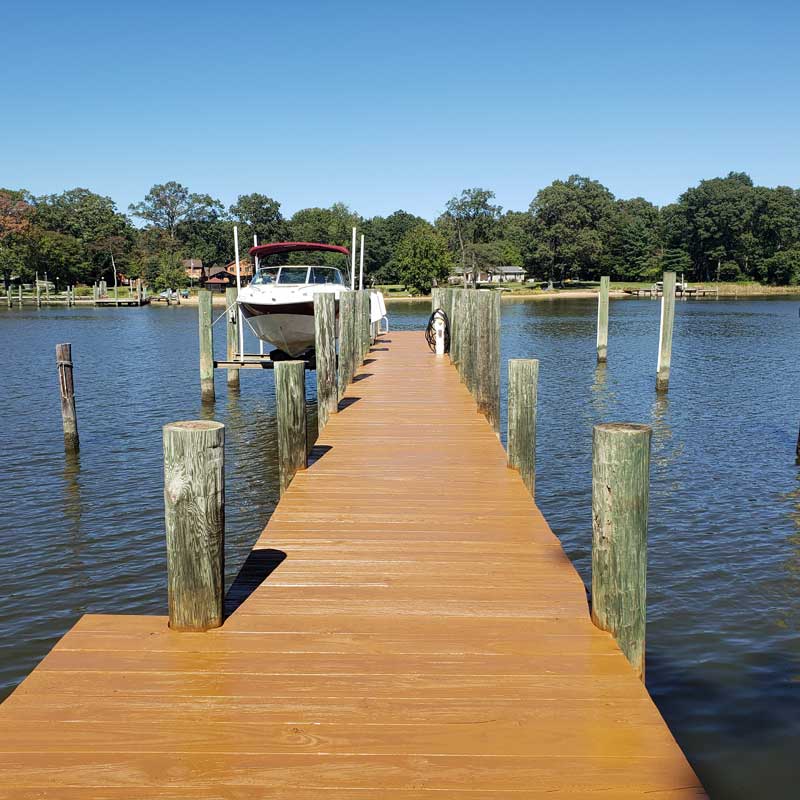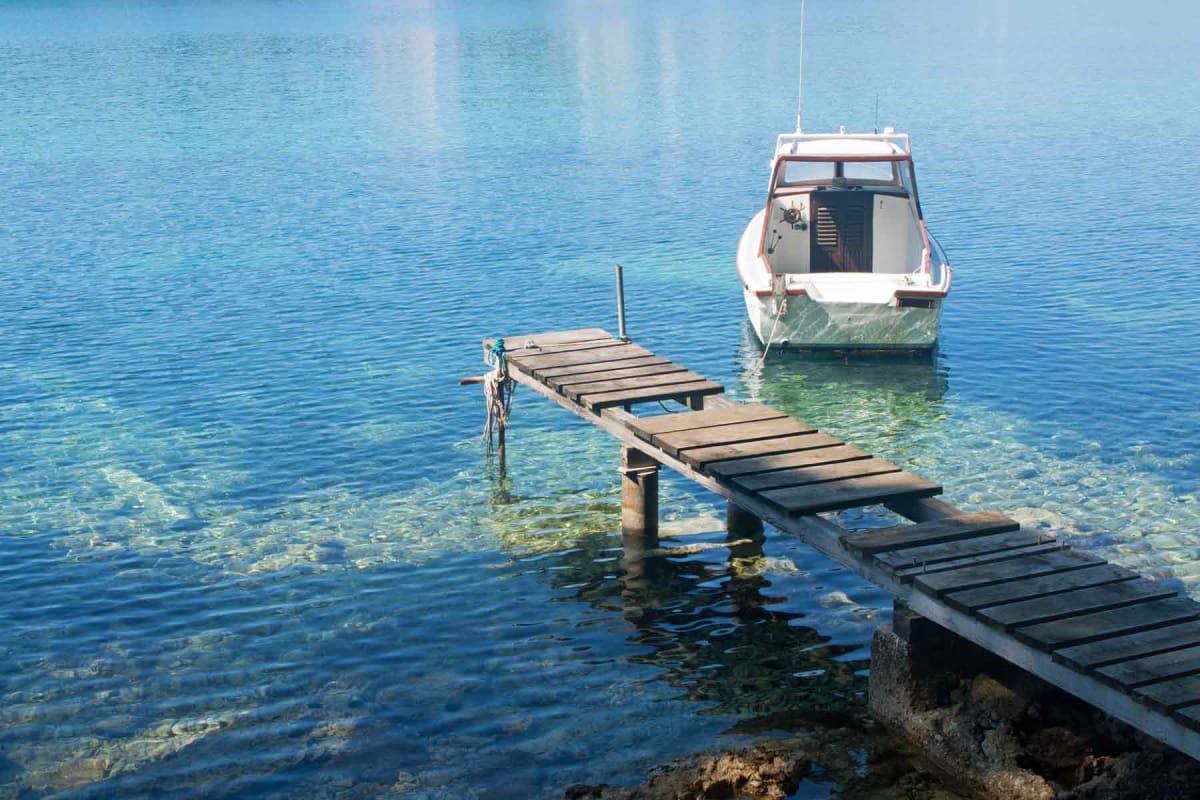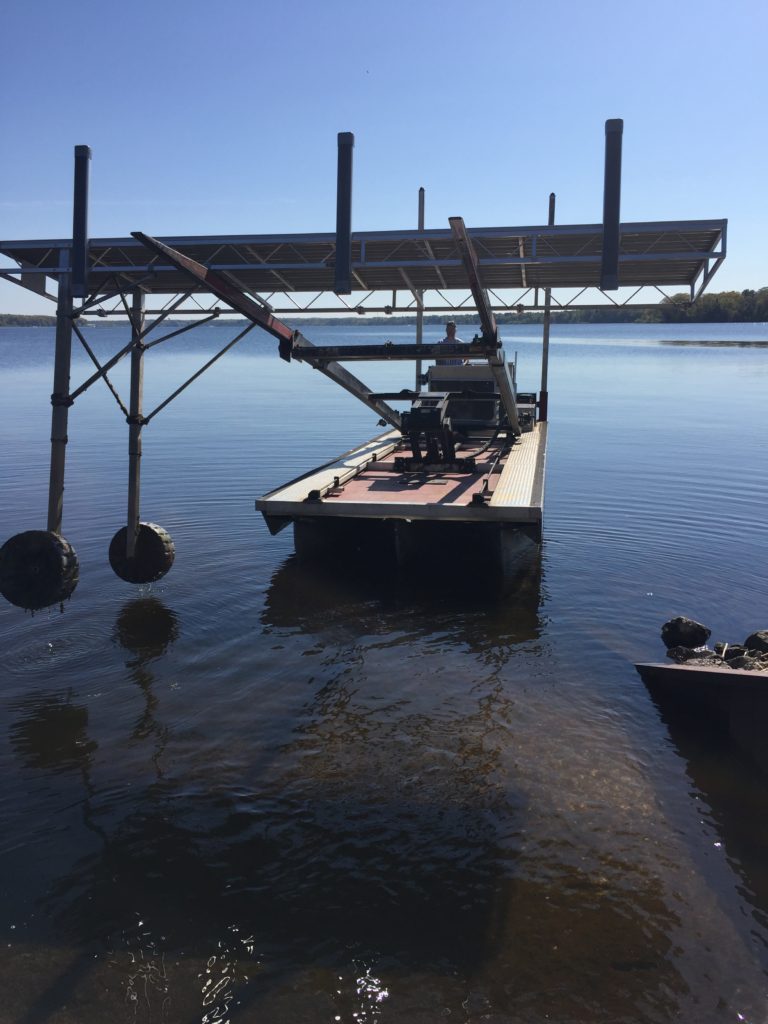Usual Problems That Result In Costly Dock Repairs
How to Address Common Dock Repair Issues for Safe Water Tasks

Identifying Common Dock Issues
Identifying common dock issues is vital for maintaining the performance and safety and security of your waterfront home. Normal inspections can assist uncover problems prior to they end up being extreme, ensuring both the long life of the dock and the security of those that utilize it.
An additional common trouble is the degradation of flotation protection gadgets. These devices are essential for maintaining the dock buoyant, and any kind of damage or slits can cause the dock to checklist or sink. Consistently looking for leakages or waterlogged drifts can preempt much more substantial issues.
Furthermore, algae and barnacle accumulation on the dock's surface can develop slippery and harmful problems. This biofouling not just presents a threat to users however can also increase the deterioration of the dock materials.
Last but not least, examining for indicators of rust on metal parts is important. Corrosion can compromise the integrity of the dock's framework, making it unsafe. By regularly identifying these common dock issues, you can ensure that your dock continues to be functional and safe and secure for years to find.
Fixing Rotting Timber
When addressing the concern of rotting wood on your dock, it is critical to act promptly to stop more wear and tear. Begin by completely inspecting the entire framework to recognize all impacted areas. Use a screwdriver to probe the timber; if it sinks in easily, the wood is likely decomposed and requires immediate attention.
As soon as recognized, get rid of the decomposed areas utilizing a saw or chisel. Be certain to cut down to healthy, solid wood, ensuring you eliminate all compromised product. After elimination, treat the continuing to be timber with a timber chemical to protect against future rot. This therapy will help secure against moisture, which is the key reason for timber degeneration.
Following, replace the removed areas with marine-grade lumber or pressure-treated timber, which are a lot more immune to water damage. Secure the new items with stainless-steel or galvanized fasteners to stop corrosion. Furthermore, applying a water resistant sealant to the new wood can offer an added layer of defense.
Protecting Loose Boards
Exactly how do you guarantee your dock remains safe and useful for all its customers? One crucial element is protecting loose boards, which can otherwise pose significant hazards. Loosened boards not just increase the danger of tripping but can likewise jeopardize the architectural honesty of the whole dock.

For reinstallation, use stainless or galvanized steel screws, as these materials provide remarkable resistance to rust in aquatic environments. Guarantee the screws are long sufficient to permeate deep right into the underlying support structure, yet not so long that they stick out via the dock's surface. Pre-drilling pilot openings can aid stop the timber from splitting.
Last but not least, maintain a routine inspection schedule to determine and resolve any new concerns quickly. By safeguarding loose boards properly, you add to the overall security and longevity of your dock, making it a trusted system for water tasks.
Supporting Unsteady Pilings
Guaranteeing the security of unsteady pilings is vital to preserving a safe and useful dock. Unsteady pilings can jeopardize the entire structure, posing substantial risks to customers and potentially bring about costly repair services. The primary step in stabilizing these essential parts is a detailed examination. Take a look at the pilings for signs of rot, damages, or shifting. Utilize a degree to look for vertical placement and ensure they are driven deep enough right into the substrate to supply sufficient support.
If the pilings are found to be unpredictable, one effective technique for reinforcement is making use of added bracing. Cross-bracing with dealt with lumber or galvanized steel can substantially improve stability. Support the braces securely to both the pilings and the dock structure to distribute lots uniformly.

Normal upkeep and routine review of the pilings' stability are vital to ensuring long-term dock safety and capability.
Replacing Rusty Equipment
Resolving unstable pilings is simply one aspect of keeping a dock's stability; an additional critical issue is replacing rusty equipment. Gradually, direct exposure to moisture and salt can bring about the oxidation and corrosion of find more screws, screws, and braces, jeopardizing the whole framework's safety and security. Regular assessment for corrosion is important, particularly after serious weather condition or seasonal changes.
When rustic equipment is identified, instant action is called for. Begin by selecting marine-grade stainless-steel or galvanized hardware, both made to withstand the extreme aquatic atmosphere. Make sure that you have the proper devices, such as screwdrivers and wrenches, to safely remove the old, corroded items without causing more damages to the dock.
After eliminating the rustic hardware, thoroughly clean the impacted areas to get rid of any recurring rust or particles. Apply a rust-inhibiting guide to revealed steel surfaces prior to setting up the new hardware. Tighten up all fixtures safely to avoid future helping to loosen, and periodically inspect the installations to ensure continuous stability.
Changing rusty equipment not only extends the dock's lifespan however additionally dramatically boosts the safety of water tasks. By proactively taking care of rust, you secure both the framework and its individuals, ensuring a safe and delightful waterside experience.
Verdict
Regular examinations and upkeep are important to deal with common dock repair issues and ensure safe water activities. By recognizing and treating issues such as decomposing timber, loosened boards, unsteady pilings, and rusty equipment, architectural stability and durability can be substantially improved. The application of ideal treatments and marine-grade materials better fortifies the dock versus ecological stressors. Such positive actions contribute to the overall security and capability of dock structures, promoting a safe setting for water-based activities.
Ensuring the security of water activities pivots substantially on the proper upkeep and repair service of docks (Dock Repairs). These tools are vital for keeping the dock resilient, and any kind of damages or leaks can cause the dock to checklist website here or sink. By routinely determining these usual dock issues, you can make sure that your dock continues to be safe and useful for years to come
Ensuring the stability of unstable pilings is critical to keeping a practical and risk-free dock.Normal inspections and maintenance are necessary to address typical dock repair issues and make sure risk-free water tasks.